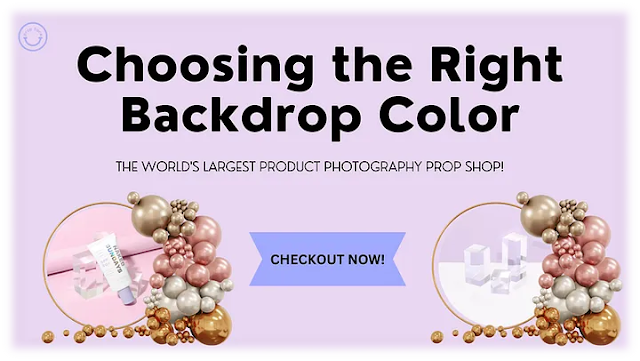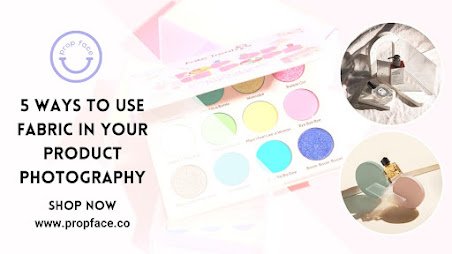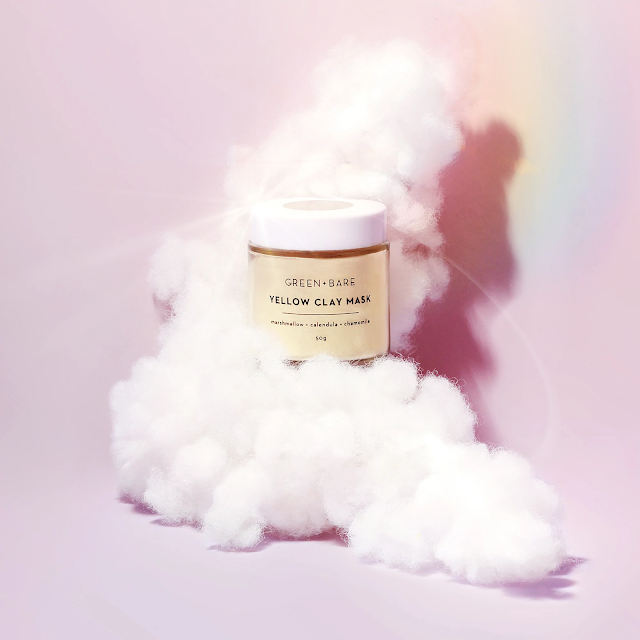Choosing the Right Backdrop Color
Introduction:
If a backdrop is the star of your event, choosing the right color is crucial. When you’re selecting a color for your background, it’s important to take into account both visual and practical aspects. For example, if you’re planning an outdoor wedding ceremony and reception with lots of greenery, you’ll want to consider whether or not it will work with the colors in your decorations and flowers — and vice versa if you’re planning an indoor event at night. The following tips will help you select the perfect backdrop for any occasion:
Start with Your Purpose.
Before you choose a backdrop color, it’s important to know what your purpose is. You need to determine if the backdrop is for a portrait or an interior shot. Is the main focus of your shoot something like a wedding or engagement session? Or are you shooting for business purposes such as an advertisement campaign or portfolio piece?
Once you’ve figured out your purpose, then it’s time to start thinking about what kind of color palette will work best with it. If there are multiple elements involved in creating this image, such as props and models (for example), then keep in mind that different colors can accentuate them while still looking cohesive together — and hopefully complementing one another without overpowering each other!
Consider Backdrop Material Vs. Backdrop Color.
Photography backdrops come in different materials, and the material is important to consider because it affects the backdrop’s durability and longevity. For example, a faux wood backdrop will not last as long as one made from canvas or even plastic. The material also affects how the backdrop folds up and how easy it is to transport it.
There are many different types of materials available for backdrops:
•Foam
•Plastic
•Canvas
•Fabric
Match the Backdrop Color to the Lighting and Mood.
When choosing the right backdrop color, matching it with the lighting and mood is important. For example, if you have a scene that is going to be shot under natural light (sunlight or moonlight), then choose a muted shade of green or blue as your backdrop. If you are shooting indoors during daylight hours, then select a vibrant orange or red for your background.
Even though these colors may seem like opposites on paper at first glance, they actually work well together because they each have their own unique characteristics that can help make your image pop off the page!
Factor In the Subject’s Wardrobe Colors.
If you’re shooting a person with a lot of black clothes, you’ll need to use a backdrop that is similar in color. If they’re wearing white, use something else. If they’re wearing red, try another color.
You should also consider what time of day your photo will be taken — for example, if it’s going to be taken at night and there’s no light source available (e.g., no moon), then choosing an appropriate backdrop becomes even more important because this would show up against the background instead of being washed out by it!
Keep the Backdrop Clean.
When choosing a backdrop color, the last thing you want to do is make your room look dirty. If you are using a dry cleaner or cleaning solution, then choose one that doesn’t contain harsh chemicals. This will ensure that your designer backdrop stays clean and fresh looking for as long as possible.
You can also use mild soap and water solutions when washing backdrops to keep them in good condition for longer than usual.
FAQ:
What is the difference between a backdrop curtain and a backdrop material?
Backdrops for Photos are used to provide a background for your photos. They can often be hung on the wall, but they can also be mounted on stands or hung from the ceiling. Backdrops are often made of thin cloth stretched out over an open frame (e.g., fabric) allowing you to control where your photo will appear about other objects in your room such as windows or doors. For example, if you have an outdoor wedding ceremony taking place at night with bright lights shining through trees outside then you might want something darker than normal indoor settings would require; however, this could make it difficult for everyone else attending your event if there isn’t enough contrast between what’s behind them so having something like this hanging above their heads may help balance things out nicely without drawing attention away from those around them!
Can curtains be used for a backdrop?
Adding a backdrop to your photo shoot is the easiest way to transform a space. Curtain backdrops are accessible and affordable, making them a great option for beginners. Curtain backdrops can cost hundreds of dollars. But with our tips and tricks, you can make your own using PVC pipes and store-bought curtains in no time!
Conclusion
We hope that the information in this article has helped you to make a better decision about which backdrop color is right for your event. If you have any questions or concerns, please visit our online portal.



Comments
Post a Comment